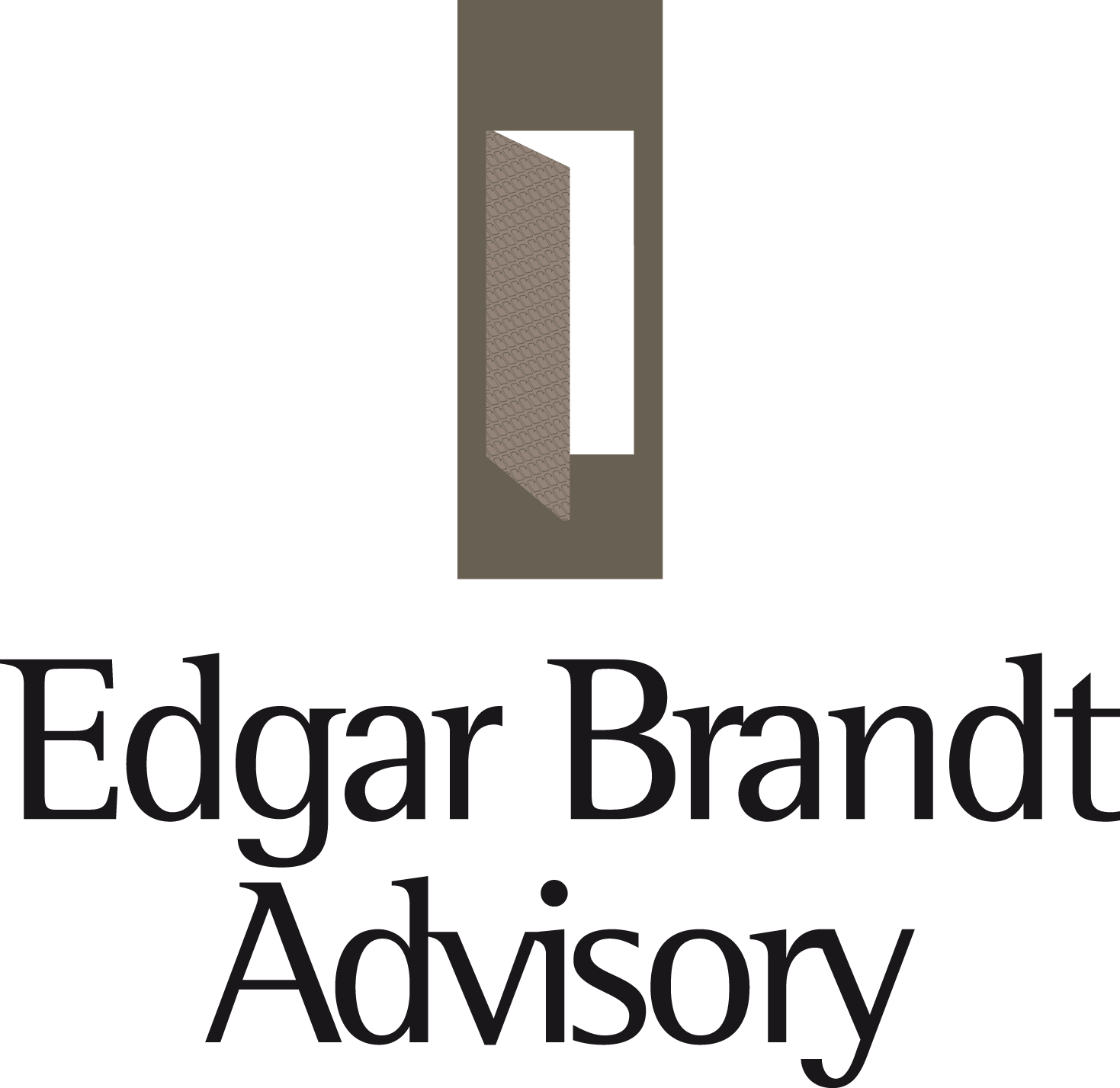Newsletter – September 2011
On the lookout in the Dark
Exchange rate fluctuations, indecision on debt management in the Euro Zone countries and in the United States, the risk of another serious slow down and all this in a world where State economies are ever more interdependent. During the last economic crisis necessary measures were taken by governments worldwide to prevent a depression and the inevitable consequences now plunge us all into a context marked by an exceptionally high degree of uncertainty.
For companies already in trouble, this increased uncertainty changes little for the very concrete and immediate challenges they are facing. When order books no longer match the cost basis all attention is focused on immediate action.
It is for those companies that do not face immediate difficulties that this context poses a considerable challenge. Historically speaking, the wave of globalization we are witnessing is still a recent phenomenon and it continues to dynamically shuffle the cards in most fields of activity. This cocktail of structural dynamics in evolution and exceptional cyclical uncertainty makes any attempt at planning an extremely hazardous exercise.
What’s to be done in a situation where we know that things are moving, that something is going to take place, but that we cannot clearly anticipate the what or the when? Several sports metaphors come to mind which could illustrate this situation; it is clear that what is at stake is the capacity of companies to react quickly and well. In a word, their agility.
No organization is intrinsically agile. The very term, organization, suggests respective roles, practices and activities which are predefined to secure the smooth and productive running of a group. The natural tendency of an organization is to settle into a way of functioning and to repeat it over time. It was to thwart this tendency that Jack Welsh, doubtless the most famous among CEOs, made sure that each of the numerous companies of the General Electric group was subject to a major reorganization every three years.
The stake for many companies today is to increase their agility. This objective differs from decreasing costs or looking for improvements in productivity. More than finding solutions, it’s about mobilizing the lifeblood of the company – its employees – and extracting everyone from set ways of functioning in their daily routine to prepare them to better react to the changes coming, whatever they might be. In this context the most effective initiatives implemented by companies are what could be called “revitalization” programs.
The “Jack Welsh” approach to these programs consists in a top-down implementation. An organizational revamp is announced, with its main features already defined. The teams within the company concerned are then in charge of implementing the changes announced in practice. The announced change doesn’t generally constitute an important risk. Indeed, for every company, several organizational options can always be foreseen, and the choice made for this type of initiative consists simply in replacing the option in place by an alternative.
This approach effectively breaks the organizational routine and, as all top-down initiatives tend to do, it achieves an effective change within a relatively short frame of time. The risk is that the change, being completely imposed, will not inspire but rather wear on the employees thus rendering the exercise counterproductive in terms of its deeper objective.
A more participative approach is often preferable. Addressing the whole organization, grouped by teams in a participative exercise, this type of approach typically allows everyone to break away from the established modus operandi, to clarify and evaluate it, and to propose improvements. Coming directly from the field as they do, these ideas are often very concrete and applicable, a plus for the company. But, the big gain in this type of exercise is the “State of Mind” change that results for all participants.
This kind of approach takes more time than the top-down option, but it is not necessarily crippling because even if efforts under way must be interrupted by a significant change in the environment of the company, the objective has already been met; the lifeblood of the company, now less entangled in their “routine”, is now receptive to change and this receptivity fades slowly. The organization is now significantly more agile.
Naturally, launching and managing this kind of initiative is not risk free. It requires finding the right balance between participation and organizational discipline, knowing how to spur the involvement of everyone involved while successfully managing expectations, and making the correct decisions at key times along the way.
However, not to take the risk today is to expose the company tomorrow, in an extremely volatile context, to not being capable of reacting fast and well enough to the surprises ahead.
Edgar Brandt Advisory

